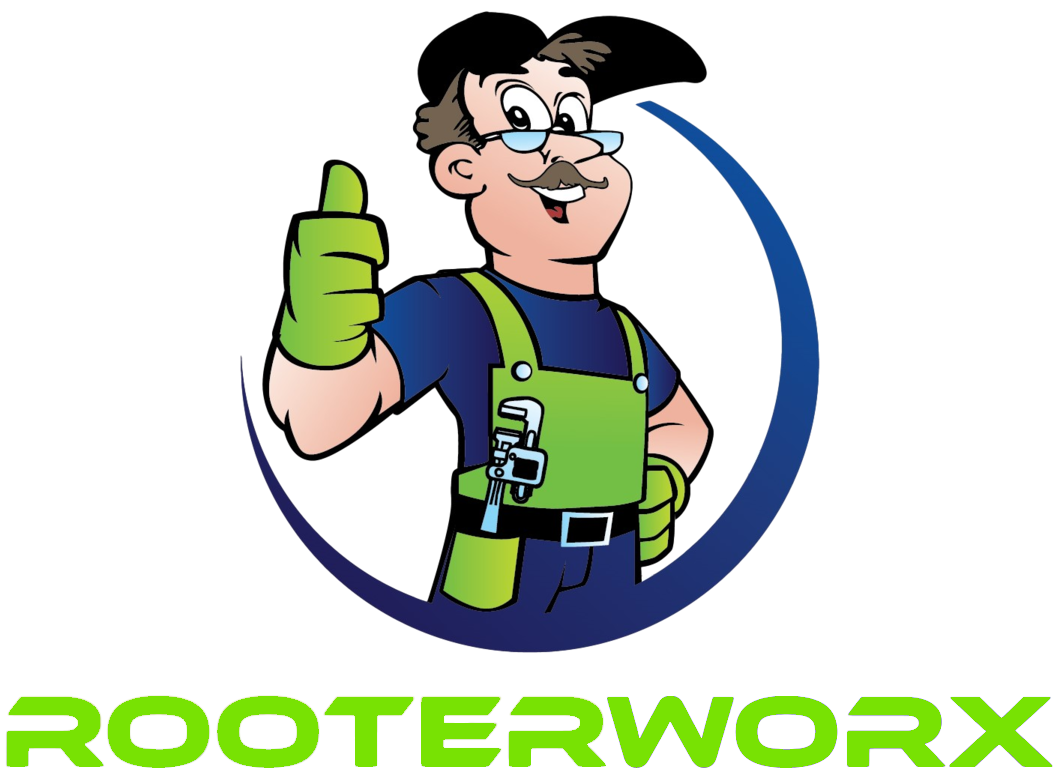crystalline waterproofing | elevator shaft leak repair
Elevator Waterproofing Protecting Your Vertical Transport System from Water Damage

Crystalline waterproofing is a crucial method for preventing water leakage into an elevator shaft.
Elevators play a crucial role in modern buildings, efficiently transporting people and goods between different floors. However, these complex systems are vulnerable to water damage, particularly in areas such as elevator shafts. You must have noticed that the elevators are mostly installed inside the building and those parts don't receive sunlight at all and located below ground level that is why they are most vulnerable to waterproofing issues and also can cause some components of the elevator to rust.
Due to this reason, they are mostly made up of aluminum. Water infiltration can lead to severe structural issues, and electrical malfunctions, and even pose safety risks. In this article, we will explore the importance of elevator waterproofing and the techniques used to protect these vital systems from water damage. By implementing effective waterproofing measures, building owners can ensure the longevity, reliability, and safety of their elevators.
Further explaining the location of elevators, Elevator pits are the areas located at the bottom of elevator shafts. They consist of crucial components such as hydraulic systems, machinery, electrical connections, and control panels. However, these pits are prone to water infiltration due to various factors, including groundwater, heavy rain, or plumbing leaks. The presence of water in the elevator pit can lead to rust, corrosion, and deterioration of mechanical and electrical equipment. In addition to the above, when moisture and water logging occur in such areas, it may also damage the electrical network of the whole building because everything is connected.
Significance of elevator waterproofing:
Elevator foundation waterproofing is crucial in ensuring the reliable and safe operation of elevator systems. Elevator pits, nestled at the lowest point of the elevator shaft, are exceptionally vulnerable to water infiltration. They face relentless assaults from groundwater, heavy rain, and the occasional plumbing mishap.
When water breaches the elevator pit, it initiates a destructive cascade of consequences. Mechanical and electrical components are subjected to corrosive forces, leading to rust and deterioration. The once-sturdy structural integrity of the elevator system is compromised, jeopardizing the safety of everyone who relies on it. It's a nightmarish scenario that results in exorbitant repair costs and frustratingly protracted downtime.
In essence, elevator waterproofing isn't a luxury but a necessity. It is an investment in the longevity and functionality of the elevator system, safeguarding it against the relentless onslaught of water. By fortifying elevator pits against water intrusion, building owners take a proactive stance against potential disasters. They shield their elevators from the insidious effects of corrosion, deterioration, and compromised structural integrity.
Some waterproofing techniques we can apply on Elevators:
Common Elevator Waterproofing Techniques: Various techniques are employed in elevator waterproofing to provide comprehensive protection against water intrusion. These techniques are designed to address specific vulnerabilities and ensure the longevity and reliability of elevator systems.
While some waterproofing measures can be implemented by building owners, it is advisable to seek the expertise of professional waterproofing companies. Professional waterproofers have the knowledge, experience, and specialized equipment to assess the specific needs of the elevator system and provide tailored solutions. They can perform a comprehensive evaluation, identify potential vulnerabilities, and recommend the most appropriate waterproofing techniques. Hiring professionals ensures the proper installation and long-term effectiveness of the waterproofing system, providing peace of mind and minimizing the risk of water-related issues.
Conclusion:
In conclusion, the implementation of effective elevator waterproofing measures emerges as an indispensable element in the comprehensive maintenance and preservation of vertical transport systems. By prioritizing the safeguarding of elevator pits against the pernicious effects of water damage, building owners can proactively thwart the gradual deterioration of their elevators' structural integrity, mitigate the risk of equipment malfunctions, and evade the exorbitant costs associated with extensive repairs.
The integration of various advanced techniques in elevator waterproofing, including but not limited to the utilization of crystalline waterproofing, the strategic installation of sump pumps, and the application of robust waterproof membranes, empowers building owners to fortify the vulnerable points within their elevator pits. These techniques effectively serve as impregnable barriers, staunchly resisting the insidious ingress of water and averting the potentially catastrophic consequences that arise from its unchecked infiltration.
Due to this reason, they are mostly made up of aluminum. Water infiltration can lead to severe structural issues, and electrical malfunctions, and even pose safety risks. In this article, we will explore the importance of elevator waterproofing and the techniques used to protect these vital systems from water damage. By implementing effective waterproofing measures, building owners can ensure the longevity, reliability, and safety of their elevators.
Further explaining the location of elevators, Elevator pits are the areas located at the bottom of elevator shafts. They consist of crucial components such as hydraulic systems, machinery, electrical connections, and control panels. However, these pits are prone to water infiltration due to various factors, including groundwater, heavy rain, or plumbing leaks. The presence of water in the elevator pit can lead to rust, corrosion, and deterioration of mechanical and electrical equipment. In addition to the above, when moisture and water logging occur in such areas, it may also damage the electrical network of the whole building because everything is connected.
Significance of elevator waterproofing:
Elevator foundation waterproofing is crucial in ensuring the reliable and safe operation of elevator systems. Elevator pits, nestled at the lowest point of the elevator shaft, are exceptionally vulnerable to water infiltration. They face relentless assaults from groundwater, heavy rain, and the occasional plumbing mishap.
When water breaches the elevator pit, it initiates a destructive cascade of consequences. Mechanical and electrical components are subjected to corrosive forces, leading to rust and deterioration. The once-sturdy structural integrity of the elevator system is compromised, jeopardizing the safety of everyone who relies on it. It's a nightmarish scenario that results in exorbitant repair costs and frustratingly protracted downtime.
In essence, elevator waterproofing isn't a luxury but a necessity. It is an investment in the longevity and functionality of the elevator system, safeguarding it against the relentless onslaught of water. By fortifying elevator pits against water intrusion, building owners take a proactive stance against potential disasters. They shield their elevators from the insidious effects of corrosion, deterioration, and compromised structural integrity.
Some waterproofing techniques we can apply on Elevators:
Common Elevator Waterproofing Techniques: Various techniques are employed in elevator waterproofing to provide comprehensive protection against water intrusion. These techniques are designed to address specific vulnerabilities and ensure the longevity and reliability of elevator systems.
- Elevator Pit Sump Pump Installation: Sump pumps are often installed in elevator pits to effectively manage water accumulation. These pumps are equipped with sensors that detect water presence and automatically activate to pump out excess water. By swiftly removing water from the pit, sump pumps help prevent flooding and reduce the risk of damage to elevator components.
- Crystalline Waterproofing: Crystalline waterproofing is an innovative technique that involves applying a specially formulated crystalline material to the concrete surfaces of the elevator pit. This material penetrates the concrete, reacting with the moisture present to form insoluble crystals. These crystals fill the capillary voids and micro-cracks in the concrete, effectively blocking water penetration. Crystalline waterproofing provides a long-lasting solution by turning the concrete itself into a water-resistant barrier.
- Waterproof Membrane Installation: Waterproof membranes are widely used in elevator pit waterproofing. These membranes are applied to the walls and floor of the pit, creating a physical barrier that prevents water from seeping through. They can be made of rubberized asphalt or synthetic materials such as PVC or EPDM. Waterproof membranes provide a reliable and durable layer of protection against water infiltration.
- Joint Sealant Application: Elevator pits contain joints and gaps where water can potentially enter. To prevent water intrusion through these vulnerable areas, joint sealants are applied. Commonly used sealant materials include silicone and polyurethane-based compounds. These sealants effectively seal the gaps and joints, creating a watertight seal and minimizing the risk of water penetration.
- Drainage System Maintenance: Adequate maintenance of the drainage system is vital in elevator pit leak repair. Regular inspection and cleaning of drains, gutters, and downspouts ensure that water is effectively directed away from the pit area. By keeping the drainage system clear and functional, water buildup and potential flooding can be prevented, reducing the risk of water damage to the elevator system.
While some waterproofing measures can be implemented by building owners, it is advisable to seek the expertise of professional waterproofing companies. Professional waterproofers have the knowledge, experience, and specialized equipment to assess the specific needs of the elevator system and provide tailored solutions. They can perform a comprehensive evaluation, identify potential vulnerabilities, and recommend the most appropriate waterproofing techniques. Hiring professionals ensures the proper installation and long-term effectiveness of the waterproofing system, providing peace of mind and minimizing the risk of water-related issues.
Conclusion:
In conclusion, the implementation of effective elevator waterproofing measures emerges as an indispensable element in the comprehensive maintenance and preservation of vertical transport systems. By prioritizing the safeguarding of elevator pits against the pernicious effects of water damage, building owners can proactively thwart the gradual deterioration of their elevators' structural integrity, mitigate the risk of equipment malfunctions, and evade the exorbitant costs associated with extensive repairs.
The integration of various advanced techniques in elevator waterproofing, including but not limited to the utilization of crystalline waterproofing, the strategic installation of sump pumps, and the application of robust waterproof membranes, empowers building owners to fortify the vulnerable points within their elevator pits. These techniques effectively serve as impregnable barriers, staunchly resisting the insidious ingress of water and averting the potentially catastrophic consequences that arise from its unchecked infiltration.
27/06/2023
